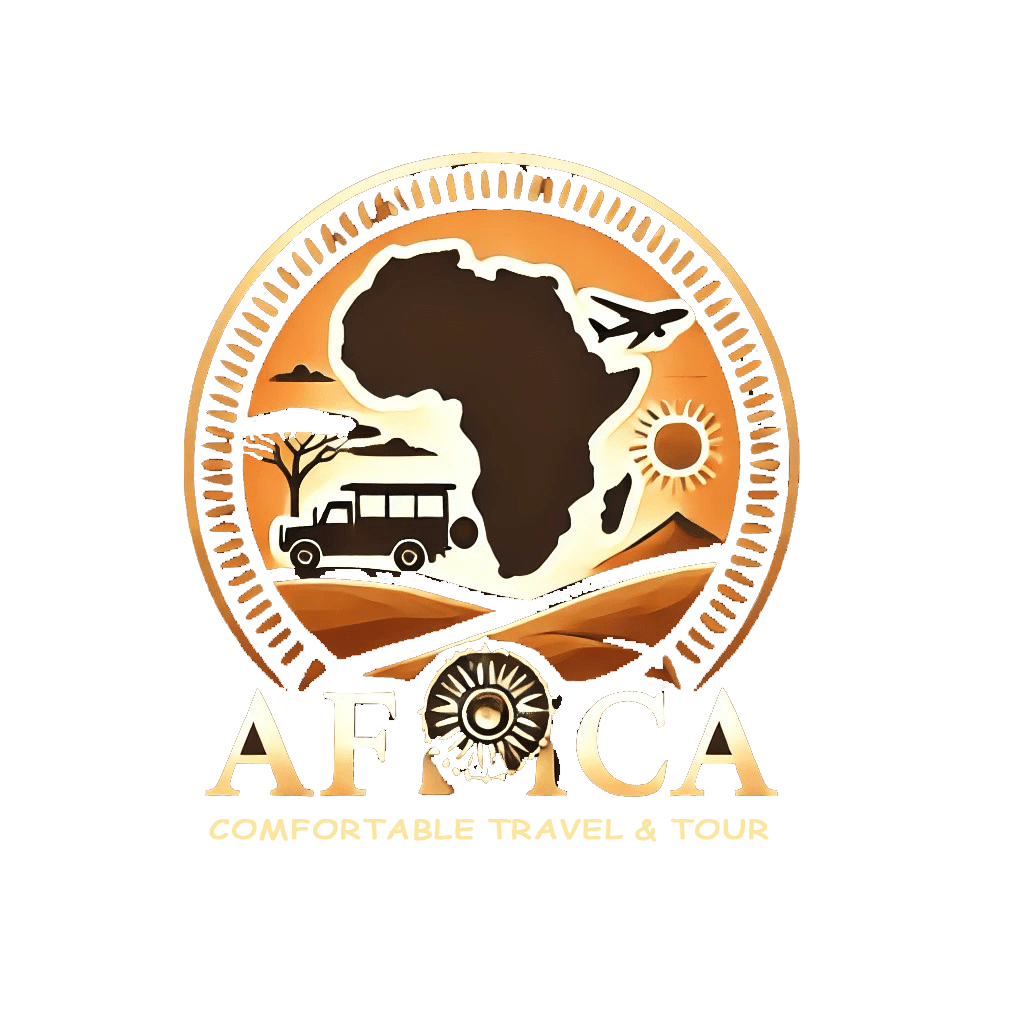- Home
- Destinations
- Zanzibar
- Mount Kilimanjaro
- Essential Packing Guide for Trekking, Safaris, and Beach Adventures
- Meals for Mountains & Safaris
- 7 Days Kilimanjaro Climb – Rongai Route
- 7 Days Kilimanjaro Climb – Machame Route
- 7 Days Kilimanjaro Climb – Lemosho Route
- 6 Days Kilimanjaro Climb – Umbwe Route
- 6 Days Kilimanjaro Climb – Shira Route
- 6 Days Kilimanjaro Climb – Rongai Route
- 6 Days Kilimanjaro Climb – Marangu Route
- 6 Days Kilimanjaro Climb – Machame Route
- 5 Days Kilimanjaro Climb – Marangu Route
- Mount Meru
- Mount Kenya
- Safari Tours
- chemka waterfalls
- Materuni waterfalls
- Safaris
- Zanzibar
- Day Trips
- About
- Contact
- More

